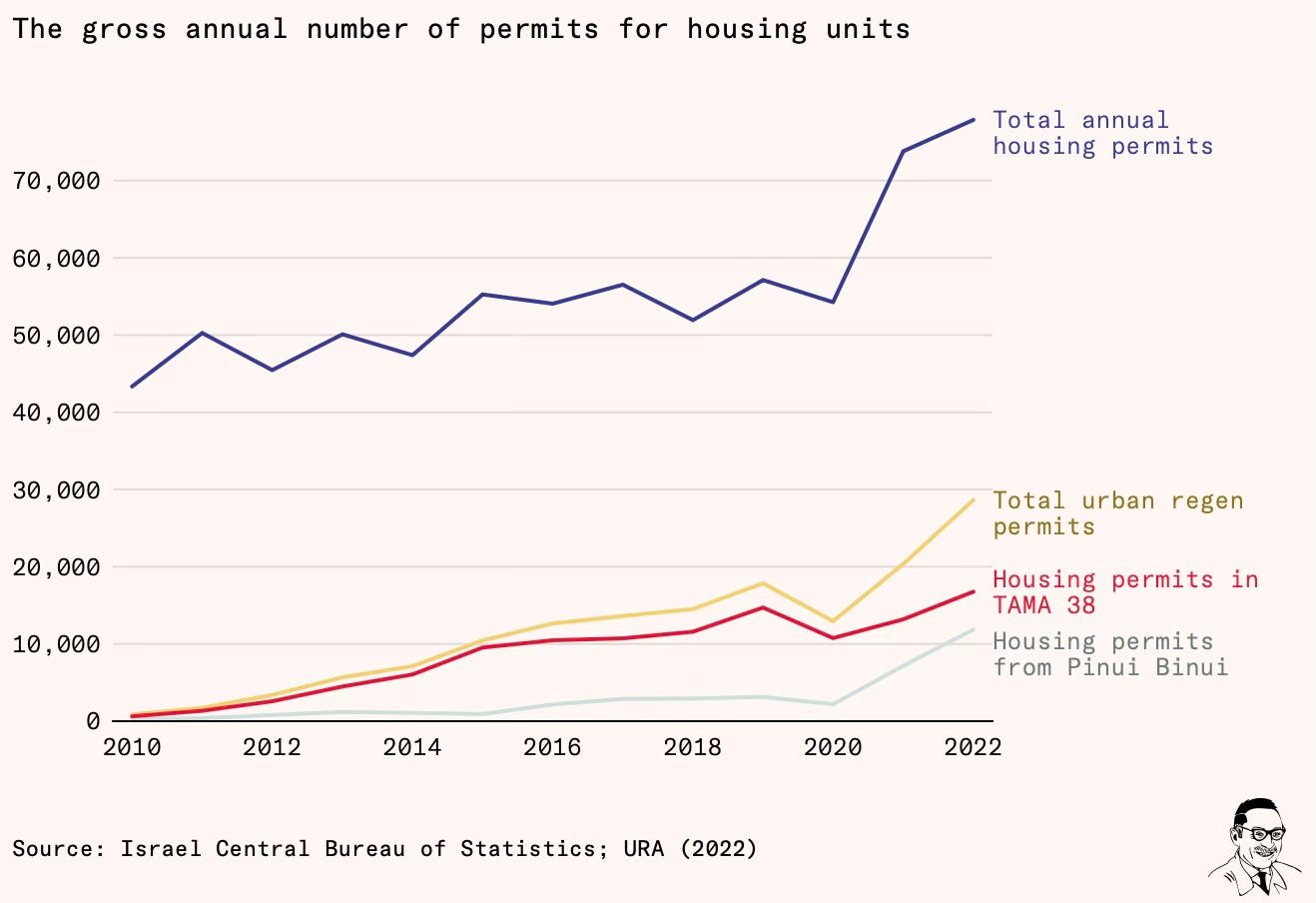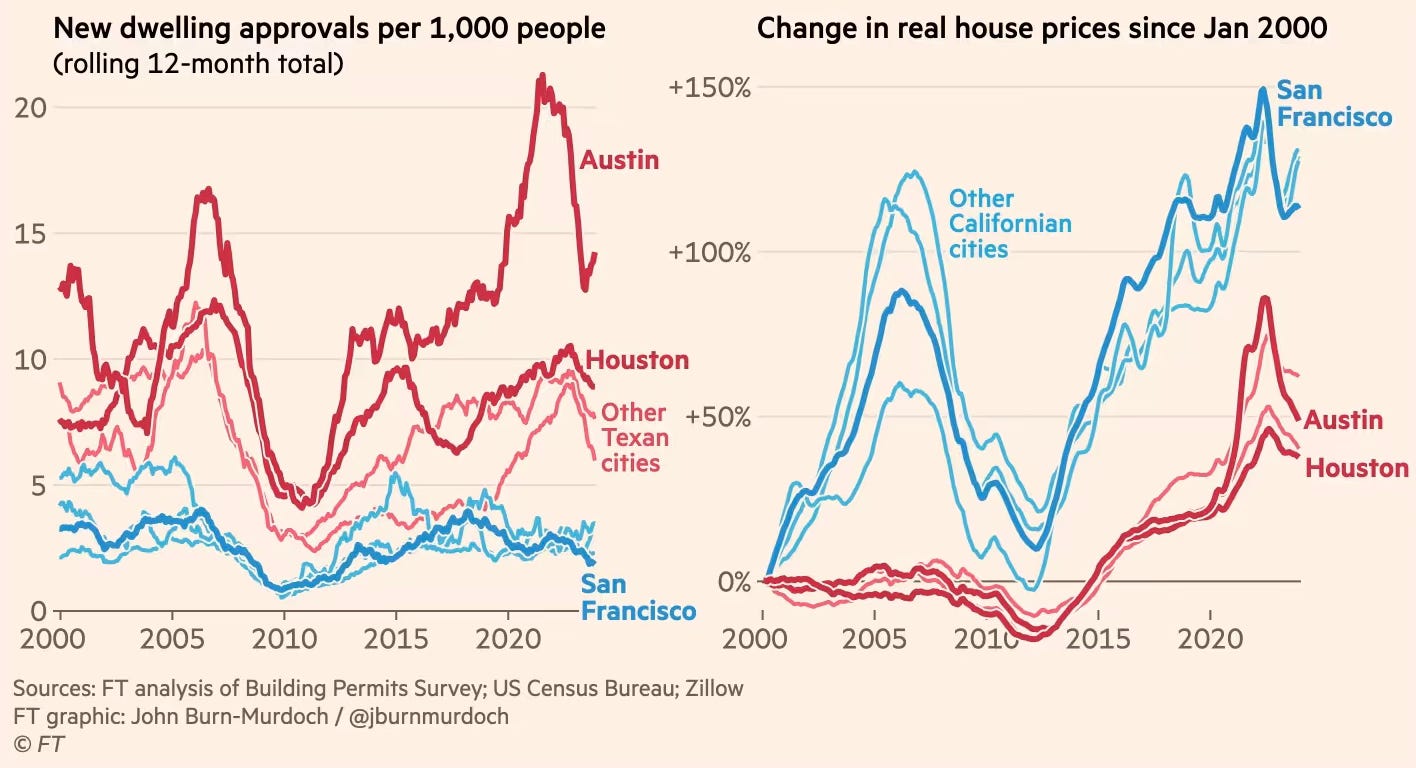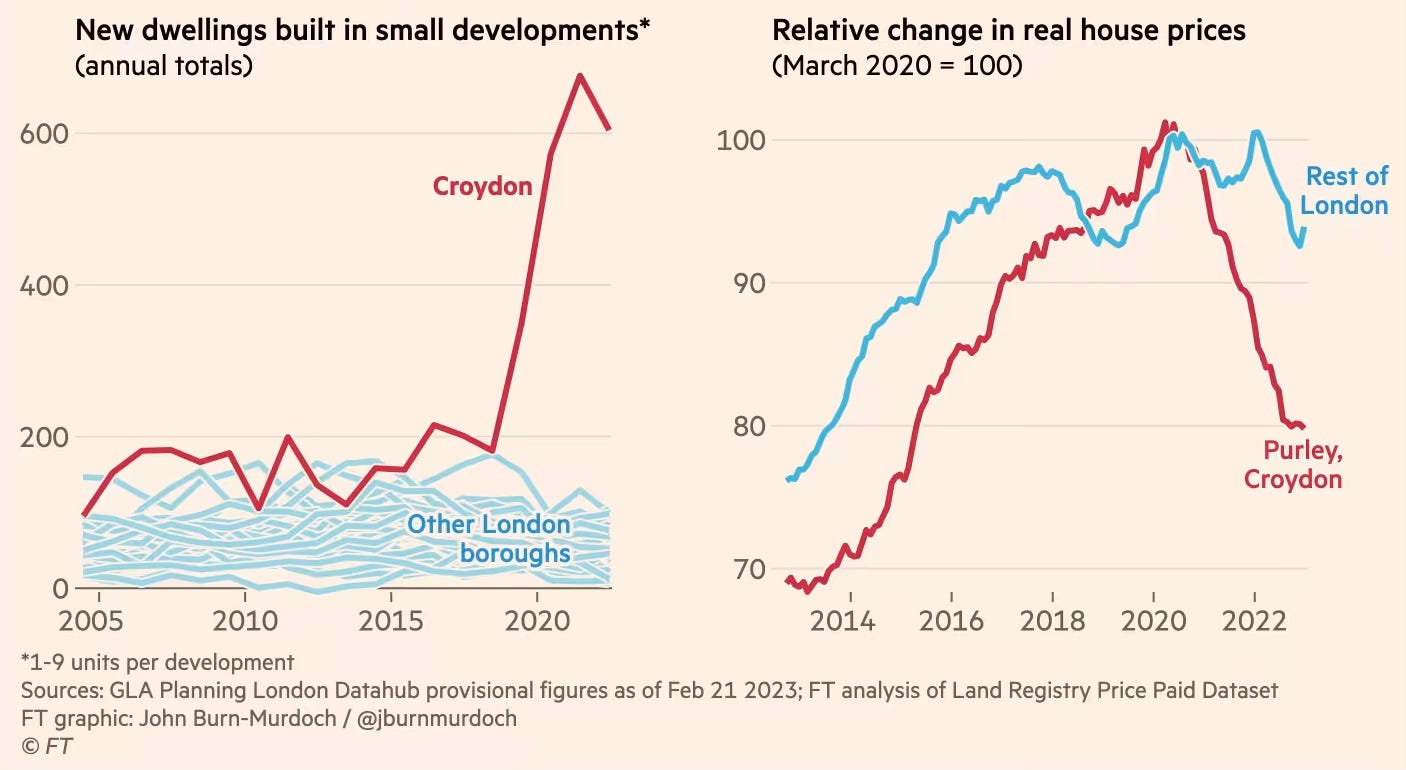Every country, at least the larger ones, faces its unique development challenges. India is striving to reach the upper middle-income status in the coming decade. But it has to realise this while also encumbered with a low capital base - human, physical, and financial - and poor quality of human resources. All this has created an economy with a very narrow productive base and not broad-based enough economic growth.
This context appears to have created the conditions for an economy that will continue to grow at a fair pace but on two tracks - a small highly productive world-class economy that powers ahead at a rapid rate, creating its own relatively big consumption class; the vast majority of the economy, with a predominant informal sector, grows at a much slower pace and whose transition to the former will follow the trickle-down trajectory. The China or North-East Asia-type growth will require the latter to transition much faster to the former than what’s happening now.
Against this backdrop, what are the possible drivers of high and rapid economic growth?
I can point to some important factors that could drive rapid growth in India. One, its macroeconomic fundamentals are strong, much stronger compared to its peers. Two, when compared to all its peers and many higher-income countries, it has a very good track record of balanced macroeconomic management and fiscal prudence, and this looks most likely to continue. Three, it has largely pursued prudent growth-enabling policies, and those like Production-linked Incentives (PLIs), for all its critiques, may just have done enough to shift manufacturing to a productive and scale growth trajectory.
Four, its banks have recovered from their stresses and are well-capitalised and the corporate sector by and large is in very good health. Five, it has pockets of business dynamism which are large enough to contribute significantly to aggregate growth - a group of high productivity and high growth companies, a high-skills services sector exemplified by the Global Capability Centres, a large and growing IT sector, a vibrant start-up ecosystem, an emerging landscape of large contract manufacturing etc. Six, it has a small group of national champions with access to finances, risk appetite, and capabilities to rapidly scale up its infrastructure. Seven, it’s well placed to benefit from the geo-political tailwinds arising from US-China tensions and the trend of diversification away from China. Finally, it’s well positioned to reap the significant collateral benefits (like FDI and portfolio capital flows) from being a massive economy and also being the fastest-growing big economy for the foreseeable future.
In this context, this post will point to some issues that will be important factors for the country’s economic prospects and growth trajectory.
1. Limits to formalisation. An important focus of India’s macroeconomic policy in recent years has been the aggressive push to formalise the economy. The demonetisation, the Goods and Services Tax, and digital payments have been high-profile policies in this direction. A feature of this focus has been its reliance on the supply side, i.e., creating the conditions to ensure supply is formalised.
While this formalisation push is undoubtedly required, there are also limits to it. In theory, formalisation increases productivity, which in turn leads to efficiency improvements, technological upgradation, higher wages etc. But this supply-side focus overlooks the demand-side. A formal supply side requires the demand side that can absorb that supply. But formality ends up increasing prices, thereby making the product unaffordable for a very large segment.
It’s for this reason that formalisation has historically been a slow process and closely linked to economic growth. Therefore, instead of forcing the informal firm/sector to become formal, the objective should be for new activities to start formal and thereby shrink the share of the informal over time. It also means there’s a need to ensure that economic growth is broad-based and productivity-enhancing so that there’s a proportionate increase in the consumption class.
In simple terms, the push to formalise supply should be complemented with demand-broadening economic growth.
2. Green transition. A strategy similar to formalisation has been adopted for green transition. The belief is that India can leapfrog the green transition, shifting rapidly from internal combustion engines to electric vehicles, fossil fuels to renewables, and old energy to new sources like green hydrogen.
But like with formalisation, there are several problems with this strategy. The green transition comes with costs and financing requirements. Who bears the costs of the transition - the phasing out of the current investments before their economic life-cycle, the adoption of more costlier and rapidly evolving technologies, taxes on climate change causing externalities etc? How can companies, banks, and governments absorb the losses and finance the new investments, and households afford the higher-priced green products and services?
Again, like with any economic transition, the green transition too will have to take its time. For sure, it can and should be expedited. But only to the extent that the economy can support - the supply side can meet the requirements, and the demand side can absorb the supply. This means it’s required to be practical and opportunistic and phase the transition in all aspects, including the adoption of appropriate technologies (natural gas, plug-in hybrids and small battery vehicles, nuclear fuels etc).
3. Size of the productive economy. As I have blogged here, arguably the biggest concern about the Indian economy is whether it has the base to sustain high growth rates for long periods. But on the positive side, it can be argued that despite its narrow productive base, the continental size of the Indian economy might mean that this narrow base is large enough in absolute value to provide the momentum for attaining a high growth path. Once it attains this path, it can ride opportunistically on tailwinds to sustain the growth trajectory.
However, this would depend on the absolute value of the productive slice of the economy - the number of people, the segmentation of their purchasing power, the types of economic activities they are engaged with, the geography of these people and their economic activities etc. Unfortunately, there are no reliable data on any of these. In its absence, we can only speculate based on anecdotal evidence.
In any case, it’s hard to refute that the Indian economy has a skewed structure - a high-productivity small. segment co-existing with a predominantly low-productivity economy. This skew has widened since the liberalisation. It can be argued that while economic growth has largely improved all lives, its gains have been very disproportionately concentrated in a small segment (relative to the population).
4. Anchor industries to trigger manufacturing scale. India’s efforts through Make in India and Production-linked Incentives (PLIs) at catalysing manufacturing have not yielded expected returns in terms of an increased share of manufacturing in economic output. But the PLI scheme may be a catalytic game-changer not because of the magnitude of the financial incentives it offers, but in terms of generating investor interest and bringing focus on a few prioritised sectors. PLI Scheme is the policy instrument to complement the marketing campaign of Make in India. Its most important success to date may be the platform it has provided for the intense courting of Apple and Foxconn in mobile phone manufacturing. Similar anchors in solar and wind power generation, electric vehicles and their batteries, and electronic equipment may just about be enough to push the economy into a higher trajectory in manufacturing.
Investments to establish a handful of mega global-scale manufacturing facilities including the creation of their supplier ecosystems may be the most practical strategy to give a significant boost to manufacturing. It creates the conditions for economy-wide productivity improvements and technology diffusion through learning by doing. Contrary to orthodoxy, it’s about picking winners at both the sectoral and firm levels. This has to be followed with highest-level courting, and long-drawn and credible facilitation of the preferred investors. Apple and Foxconn is the best example.
However, this policy needs to be pursued with care, especially given the high tariff barriers erected against inputs to protect domestic manufacturers against cheap Chinese imports. In the case of mega-brands like Apple, quality and global competitiveness is not a problem. But in the case of others, industrial policy must incentivise export competition or risk ending up supporting mediocrity protected by high tariffs. The global competitiveness-reducing effects of high import tariffs on inputs can be offset by subsidies like the PLIs which are linked to exports.
5. Services-led structural transformation. The spectacular success of India’s IT sector has created a belief that India’s structural transformation pathway lies through the services sector. There are several well-known reasons to doubt this strategy. I have blogged here. Services are mostly non-tradeable, therefore not amenable to benefit from technology diffusion and productivity improvements, and also constrained by limited demand. Manufacturing is an essential pathway for large-scale structural transformation, especially for a massive economy like India’s. Increasing manufacturing should be the primary pursuit of public policy.
6. An industrial policy that supports jobs over capital-intensive manufacturing. It’s becoming increasingly evident that technological advancements have the potential to automate many, even a majority, manufacturing shop-floor jobs. The only reason for retaining shop-floor workers is the favourable unit economics in terms of the availability of cheap labour. This will change with time in favour of automation.
Against this backdrop, in time it may become necessary to design an industrial policy to disincentivise automation and subsidise labour-intensive manufacturing. But its implementation will be challenging. For example, how to incentivise labour-intensive manufacturing without discouraging technological upgradation? Then there’s the challenge of its implementation.
7. Overcoming human capital constraint. There’s nothing more important than human capital quality in determining the economic growth trajectory of a country. But arguably the biggest constraint to India’s economic growth is the poor quality of its human capital and the acute deficiency of good-quality senior talent. Improving learning outcomes and creating a genuinely educated workforce is perhaps the most wicked of problems. While there’s a clear realisation of the importance of improving student learning outcomes in schools and colleges, I’m not sure we are doing anywhere enough to address the problem in any significant manner.
This constraint binds across the economy. Large manufacturing firms struggle to access skilled and (at least nearly) employable labour at the scale they require. There’s an acute scarcity of good enough quality middle and senior managers, product managers, designers, scientists etc. Further, the large supply of new labour market entrants from technical institutions should not be conflated with good quality of supply. There are no easy answers to solve this constraint. And it can bind very quickly as the economy starts to grow at very high rates.

















